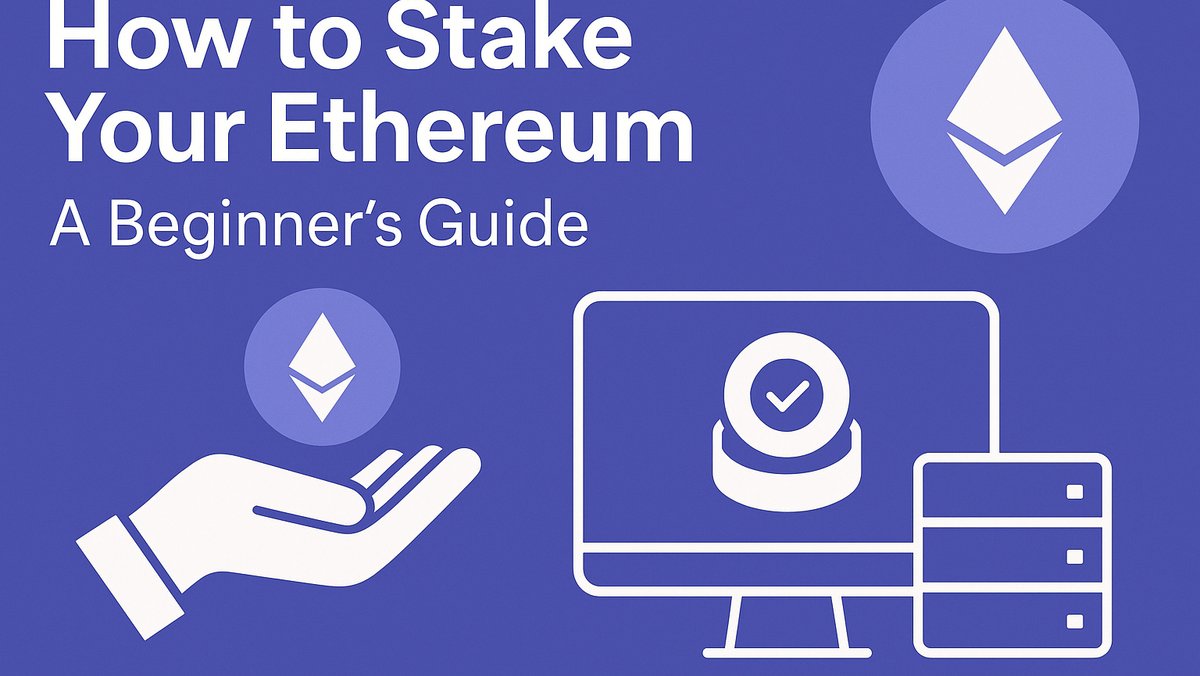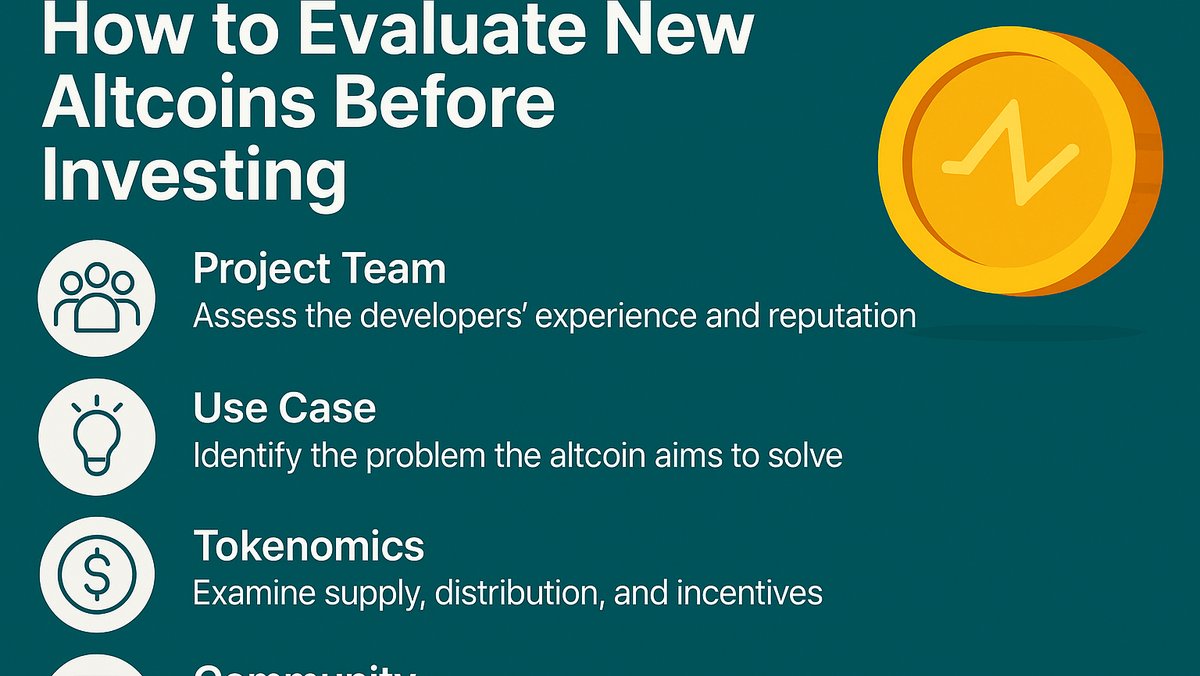Ethereum staking is one of the most popular ways for crypto investors to earn passive income while supporting the Ethereum network. By locking up your ETH to participate in network validation, you can earn regular rewards in return. This guide will walk you through how staking works, what options are available, and what you should consider before getting started.
Since the transition to Ethereum 2.0 and the Proof-of-Stake (PoS) model, staking has become essential for securing the blockchain. Unlike traditional mining, staking does not require expensive hardware or high energy consumption. Instead, you simply commit your ETH to the network and earn yields as a validator or through staking services.
What Is Ethereum Staking?
Staking is the process of locking up a certain amount of ETH to help validate transactions and maintain the security of the Ethereum blockchain. In return, stakers receive rewards, usually paid out in ETH. It’s similar to earning interest on a savings account, but instead of a bank, you’re supporting a decentralized network.
Ethereum’s PoS model replaces miners with validators. Each validator must stake at least 32 ETH to operate independently. However, if you have less than 32 ETH, you can still participate using pooled staking platforms or centralized exchanges that offer staking services.
Different Ways to Stake Ethereum
- Solo Staking: Requires 32 ETH and running your own validator node. Offers full control and highest rewards, but needs technical knowledge and consistent uptime.
- Pooled Staking: Combine smaller amounts of ETH with others using services like Lido or Rocket Pool. Great for beginners, though rewards are shared.
- Centralized Exchange Staking: Platforms such as Coinbase or Binance offer staking with just a few clicks. Simple to use, but you trust a third party with custody of your assets.
Benefits of Staking ETH
- Passive Income: Earn rewards while holding your ETH.
- Network Security: Contribute to Ethereum’s stability and decentralization.
- Environmentally Friendly: PoS uses significantly less energy than mining.
Staking allows investors to make their holdings productive without trading actively. As the Ethereum ecosystem grows, staking yields can become an attractive source of income for long-term holders.
Risks to Be Aware Of
Despite its benefits, staking is not risk-free. The value of ETH can fluctuate, which affects your overall returns. Validators who fail to maintain uptime or act maliciously may be penalized through a process called slashing. Additionally, staked ETH is often locked for a certain period, reducing liquidity.
To minimize risks, research staking providers carefully, diversify across platforms, and ensure you understand the terms and withdrawal timelines before committing funds.
Step-by-Step: How to Start Staking ETH
- Decide which staking method fits your budget and risk tolerance (solo, pool, or exchange).
- Set up a secure wallet compatible with Ethereum (e.g., MetaMask, Ledger, or Trust Wallet).
- Choose a staking platform or run your validator if staking solo.
- Deposit your ETH and confirm the staking transaction.
- Monitor your rewards regularly and keep track of network updates.
Many users prefer using staking pools like Lido because they allow flexible participation and often provide liquid staking tokens (such as stETH) that can be used in DeFi applications.
Long-Term Outlook
As Ethereum continues to mature, staking will remain a central part of its ecosystem. With institutional investors showing growing interest in ETH, staking demand is expected to rise. Potential upgrades like sharding and scalability improvements could enhance the overall efficiency and profitability of staking.
Whether you’re a beginner or seasoned investor, staking ETH can be a strategic way to build long-term wealth while actively supporting blockchain innovation.
Additional Resources
Crypto Exchanges | Best Crypto Apps | Altcoin Analysis
Frequently Asked Questions
Do I need 32 ETH to stake? No. You can join staking pools or use centralized exchanges to stake smaller amounts.
How much can I earn from staking? Rewards vary depending on network conditions, total ETH staked, and the platform you use. Average annual returns range from 3% to 7%.
Can I withdraw my staked ETH anytime? It depends on the platform. Some offer flexible withdrawals, while others require waiting periods.
Is staking safe? Generally yes, but always consider smart contract risks, price volatility, and provider reputation before staking.
Which platforms are best for beginners? Lido, Coinbase, and Binance are popular for their ease of use and reliability.







